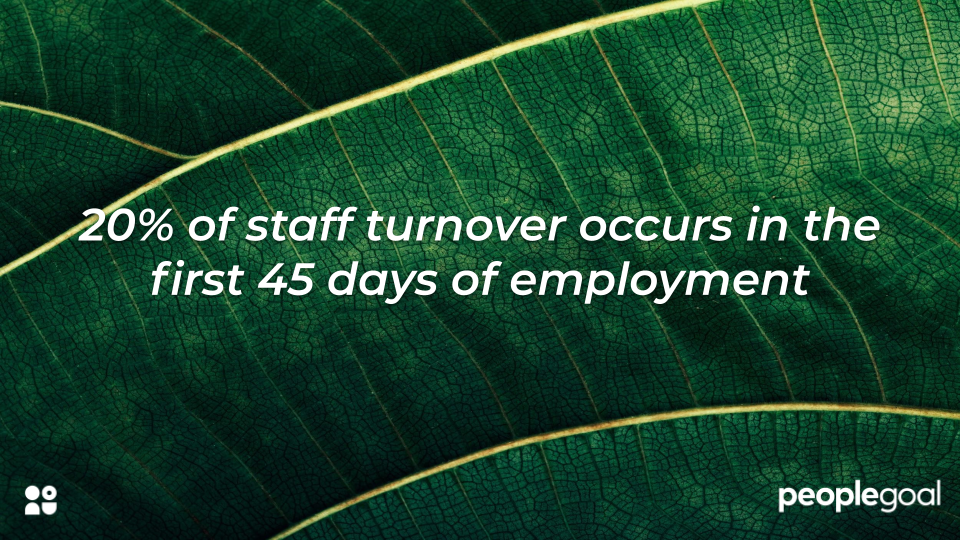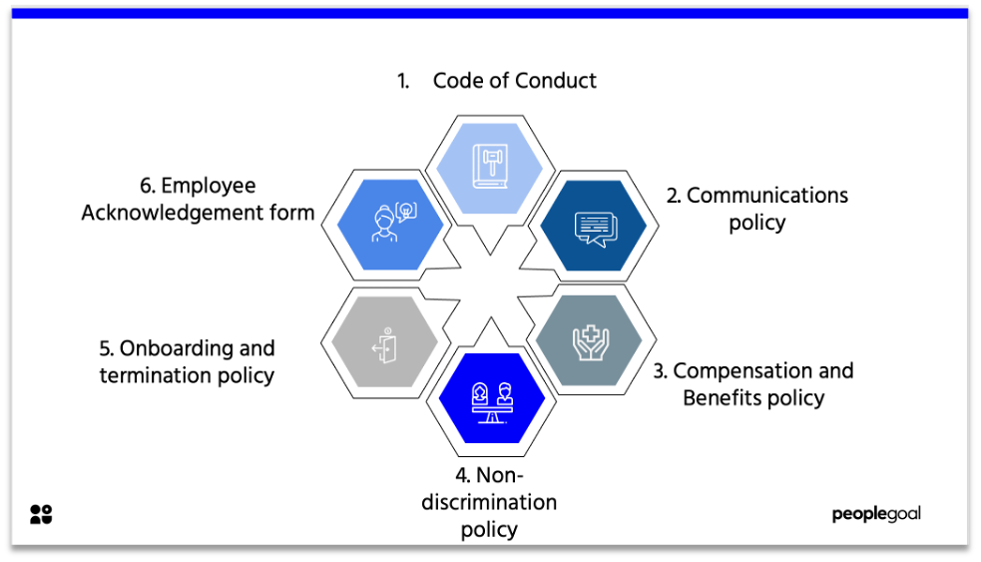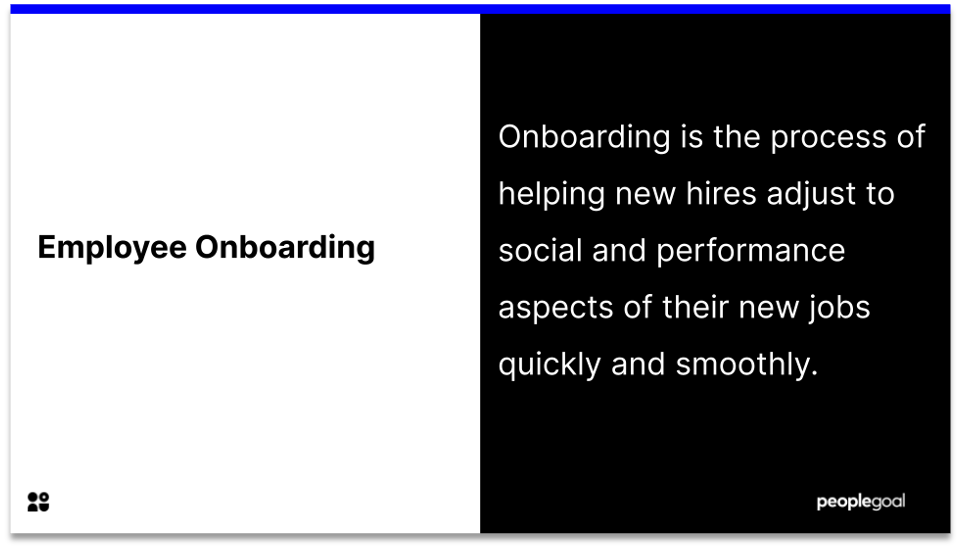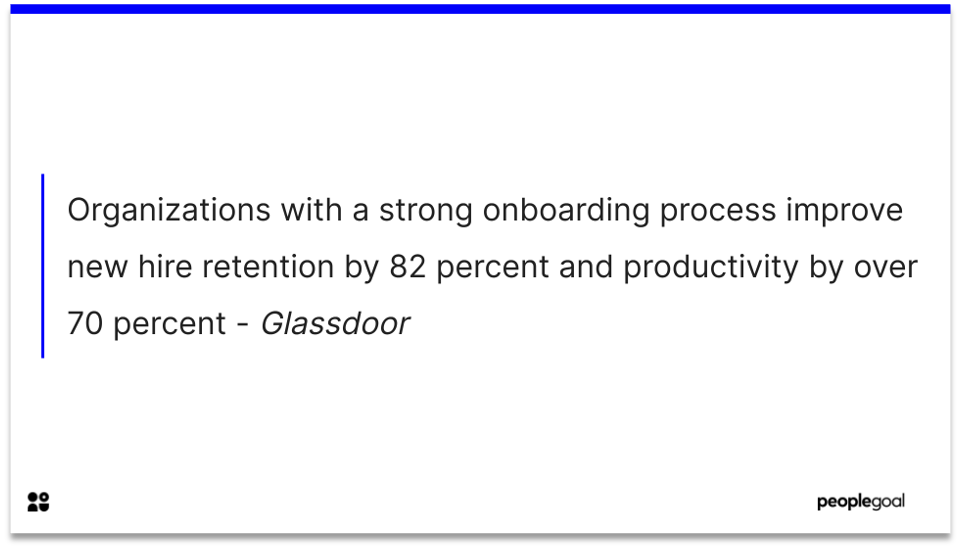What is onboarding?
Onboarding refers to the process through which employees gain the requisite knowledge, skills and behaviours in order to become an effective team and organization member. It is basically the process of integrating a new employee into the organization and culture. The term ‘onboarding’ is management jargon originating in the 1970’s. The process of effective onboarding differs from occupational socialization which focuses on learning the norms of one’s profession (i.e. police offer or doctor).
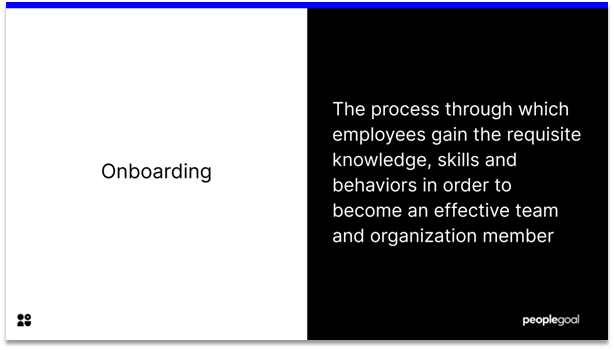
As employees are increasingly changing jobs and titles, onboarding has become just as important for employees as it does for the organizations hiring them. But why is onboarding important?
Why is onboarding important?
In 2017, a survey found that 79% of managers feel that it is important for new employees to effectively engage with the company culture through an onboarding process. Research has shown a plethora of benefits associated with a positive and effective onboarding process, so what are they?
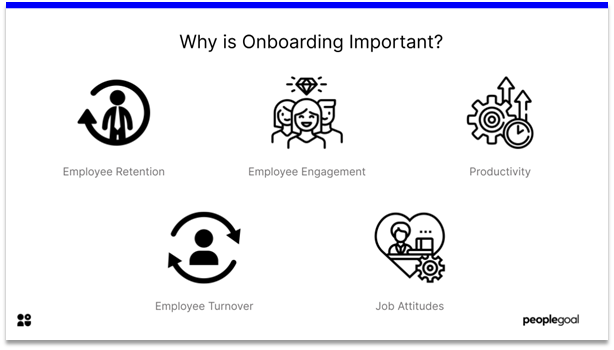
- Employee Retention – Research suggests that 69% of employees are more likely to stay for three years or more if they experience great onboarding. Further, companies lose 25% of all new employees within a year, which can be suggested to be an effect of ineffective onboarding.
- Employee Engagement – We all know the importance of employee engagement, and an effective and positive onboarding process can boost engagement. 54% of companies with onboarding processes report higher employee engagement.
- Productivity – Organizations with an onboarding process report a boost in productivity in the newly ‘onboarded’ employees.
- Employee Turnover – Research indicates that 20% of employee turnover occurs within the first 45 days of recruitment – is this the result of a failing onboarding mechanism.
- Job Attitudes – Positive work attitude and work commitment are positive elements attributed to job attitudes. A positive onboarding process should hopefully provide beneficial effects for these symptoms of job attitudes.
Welcoming a new employee into the is a really important process and onboarding represents a prime opportunity to create a positive long term relationship between the employee and the organization. During the onboarding process, new recruits have to take in a lot of information very quickly. Lack of familiarity with the new workplace can be an anxious time, and employees may refrain from asking questions to try and show that they know what is happening. So, how can you ensure a smooth onboarding process for your employees and what steps can you take to create the most effective process possible. Here are some of our top tips for top onboarding.
Click here to learn how onboarding has changed following COVID-19 👈
How to make onboarding a success story?
New employees should be regarded as a valuable addition to any team. Here’s a few ways to make them feel welcome as they begin their journey with your organization.
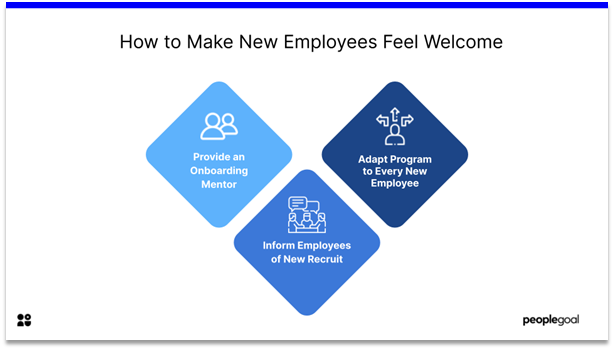
1) Provide them with an onboarding mentor
This could mean having a formal mentor, i.e. someone with a certain level of superiority, to guide you through the inner workings of the company and more explicitly the employee’s role in it. Alternatively, you may want to provide the new employee with a more informal mentor, to help them integrate with other employees and allow them to get a feel of the workplace.
2) Inform the pre-existing employees of a new recruit
It is extremely daunting and anxiety inducing to start a new job, some of the responsibility should be upon the old employees to introduce themselves to the new employee and make them feel welcome.
3) Each person is different
Managers and those who are in charge of onboarding an employee need to recognise that each employee is different, and tailor each onboarding experience differently. For example, onboarding someone who has been working in the industry for quite some time is going to find onboarding easier than someone who is a junior, graduate, apprentice or trainee. You will gain insght into a person’s background from their reference letters.
What’s the best way to get across company values, policies and cultures during the onboarding process? Here’s a few suggestions for you:
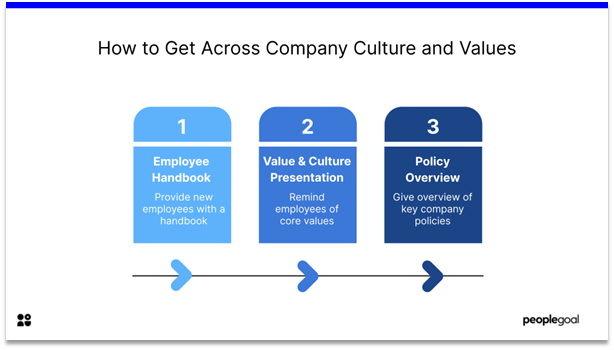
1) The employee handbook
Provide the new employee with an employee handbook which gives them reference to everything they would need to know: employee benefits, holidays, policies, disciplinary procedures, sick leave and so on.
2) Value and Cultures Presentation
One of the most important aspects of a workplace for an employee is the value and cultures which it instils in its employees and in its operations. An employee will probably already know about these values during the recruitment process, but it is important to remind and show them how intrinsic these values are.
3) Policy Overview
Over the course of the onboarding process, it is important to make sure the employee knows the key policies of the organization.
Here are a few other top tips for you to make your onboarding processes a success!
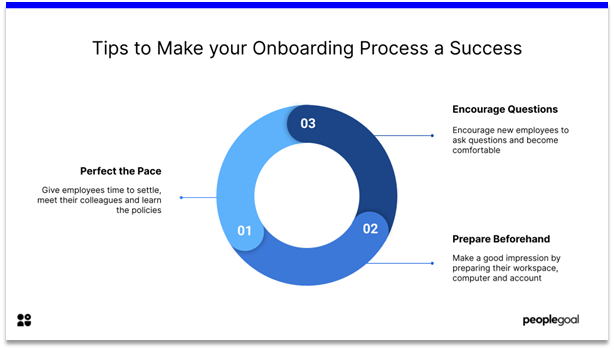
1) Make sure the pace of onboarding is correct
Onboarding isn’t a sprint, it’s a marathon. Making the speed of the onboarding process way to fast isn’t beneficial, in fact it might be detrimental. Giving new employees the time to settle, meet their colleagues and learn the policies is important. Rushing them through onboarding is a big ‘no no’. You’ll be forcing them to be choosing between meeting new colleagues, engaging with the company culture and learning organizational policies.
2) Make sure everything is fully set up before they arrive
I’m sure you’ve heard of the importance of first impressions. The same remains for onboarding. If things are set up or in place prior to the arrival of a new employee, what message does this send to them about the state of the organization. Have their workspace set up, set up their phone, computer and accounts all before the come.
3) Encourage questions throughout
An element which should be inherent throughout the onboarding process is encouraging the employee to ask questions. It can be difficult for new employees to have the courage to ask questions as they may feel nervous, they may not want to feel as if they don’t want to look like they know nothing or they may even be experiencing imposter syndrome.
It is important for employees to feel comfortable when asking questions, after all ‘if you don’t ask, you don’t get’. With the ‘get’ here being knowledge. It is YOUR duty to encourage the employee asks questions to learn more, and in effect make everyone’s job easier in the future.
Ready to 3x Your Teams' Performance?
Use the best performance management software to align goals, track progress, and boost employee engagement.



